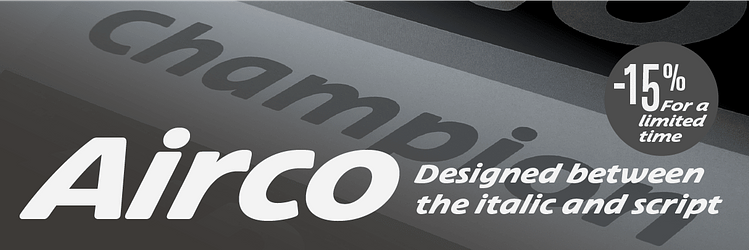Arsen Text
by Joachim Vu
About
A French Elzevir for text sizes
Arsen is a “French Elzevir” that brings a distinctive touch to your projects while ensuring excellent readability, thanks to its four optical sizes.
Arsen, influenced by typefaces from the Parisian foundry Turlot published around 1895, is neither a Didot, nor a genre of Garamond, nor Caslon, nor Baskerville, nor even Fournier. This is why it will bring this unique style to your publication, design, that you are looking for. Let’s see together what characterizes Arsen, from the term Elzevir to the mysterious story, to its design characteristics.
The Elzevirs
During this end of the 19th century, the term Elzevir was fashionable in France. Elzevir is not a particular typeface, rather a genre, in reaction to the Didot genre (Modern face in English). It all started in Great Britain, which saw the Caslon of 1734,1 becoming fashionable again around 1840 with Chiswick Press books. This return marks a differentiation between the current Modern face and the Old style of which the Caslon is the main protagonist of a shift.
In France, a genre comparable to the Old style appears, called Elzevir. It is also a craze for a return to Garalde-Réale inspired typefaces. At the difference with Great Britain, it is that in France, the new genre mean new drawings. The Lyon printer-typographer Louis Perrin2 draws, engraves, then uses his new Elzevir typeface from 1854 (the term is used after his work). His new design, first in capitals, is initiated with his book about Lyon’s Augustaux (roman capitals), which will be supplemented by lowercase letters, italics for book typography. He is a precursor, imagining new typefaces, the Caractères augustaux that mix various historical influences. Because before him, it is most often only a question of applying a style in the spirit of the moment.
Louis Perrin was the initiator of type revivals and especially this idea that a typeface should be chosen according to the content of the book to be set. He wrote that according to the text, the chosen typeface cannot be the same. These are the premises of what seems totally normal to us today: art direction!
The Turlot foundry
Let’s go back to the Parisian Turlot foundry for which we know little. It was Torey (who worked with Jules Didot) and the Virey brothers who set up a first foundry in 1838, with the Duget and Laurent type funds (the latter was associated with the Balzac and De Berny foundry). Alfred Turlot bought the foundry to set up his own foundry around 1873. 3
Note, that the peak of new typefaces in the Elzevir genre is 1880. Even if the typefaces generally do not have clearly identified names as today at that time, rather “nºX” associated with a generic term, it is already a spectacular advance to be able to choose between a Didot, an Egyptian, an English-style Elzevir, or French-style Elzevir during this period.
In its Spécimen des caractères anciens published around 1895,4 the Turlot foundry offers a French Elzevir, an English Elzevir and the Elzevir Nº 3. The Elzevir Nº3 remained in the catalog for quite a long time. But in 1921, the Turlot Foundry was transformed into the Fonderie Typographique Française. The Elzevir Nº3 is no longer visible, remains an Elzevir Plantin that appeared around 1905, of a different style.
The influences of Arsen
Arsen is the result of a research of several years by Joachim Vu as part of his work as a designer within the Typofonderie team. The principles of Arsen design are based on a few bodies presented as the Elzevir Nº3 by the Turlot Foundry in 1895. Even if certain typeface characteristics of this Elzevir Nº3 are found in Arsen, it is not a strict revival, rather the result of a major influence of this Elzevir Nº3, which will have made it possible to understand one of the aspects of the ”Elzevirien” style.
The design of Arsen
Arsen is built around four optical sizes, two intended for large display, Arsen Affiche and Arsen Display, then Arsen Normal adapted to all uses and Arsen Text dedicated to small sizes. The relatively narrow capitals follow uniform proportions. The numerals align like some Didot. In the Text version, romans, and even more so the italics are different from other optical sizes, drawn more open, with endings closer to the horizontals.
Arsen has an original particularity: it has been designed so that glyphs such as A, V, R (etc) that feature long external serifs, are contextually reduced according to the letters before and after in order to optimize word spacing. Some vertical serifs are also contextually shortened when positioned with lowercase.
The set of glyphs includes 988, in accordance with the Typofonderie typefaces. Vignettes are available according to the four optical sizes and weights, in addition you will find dingbats, numbers in circles, arrows, etc.



















